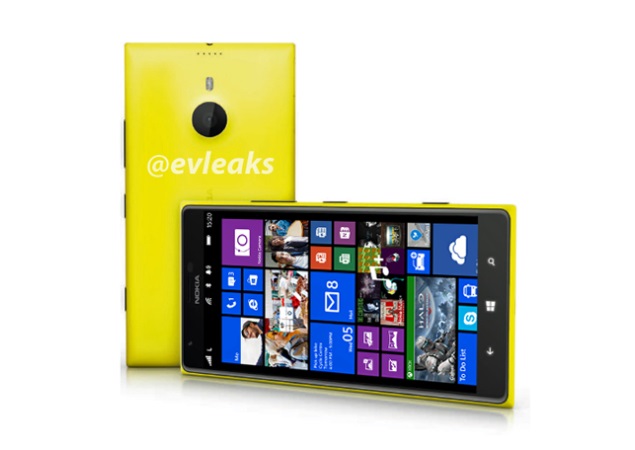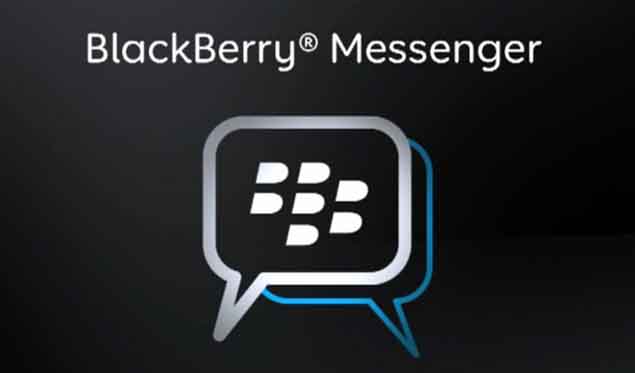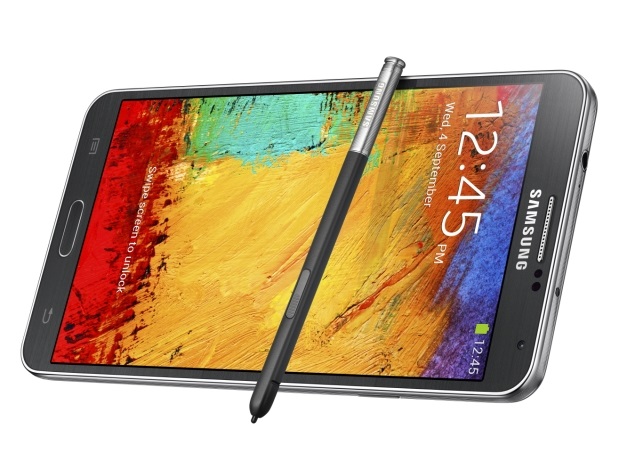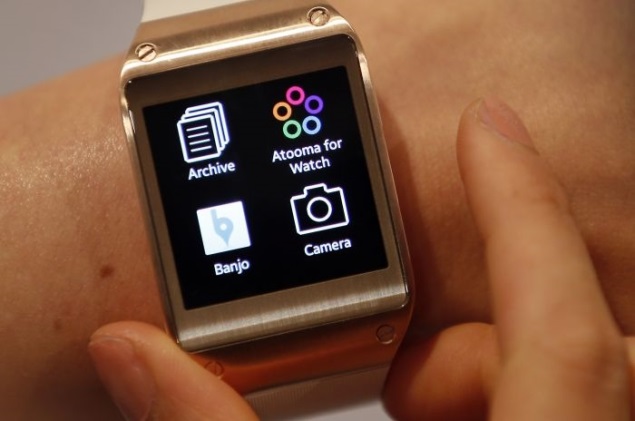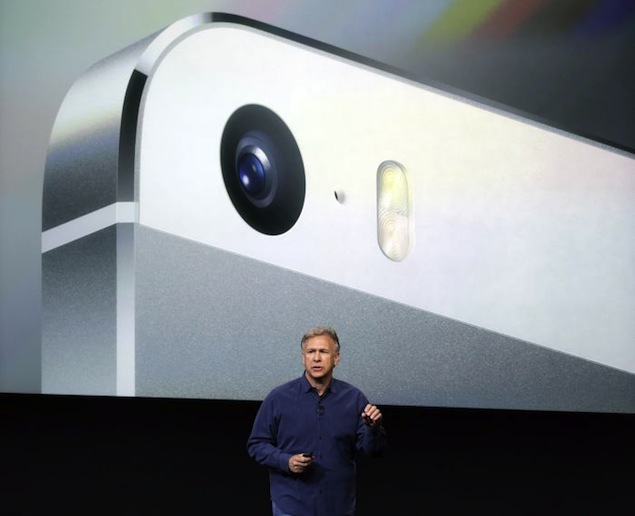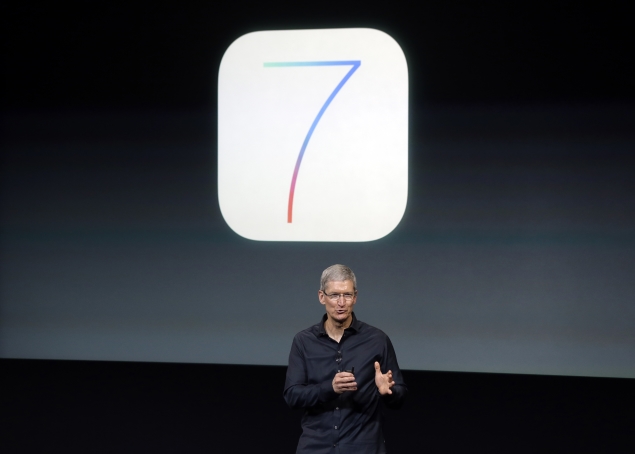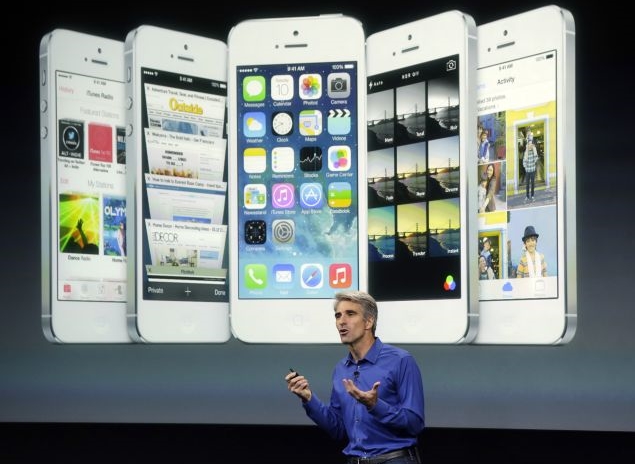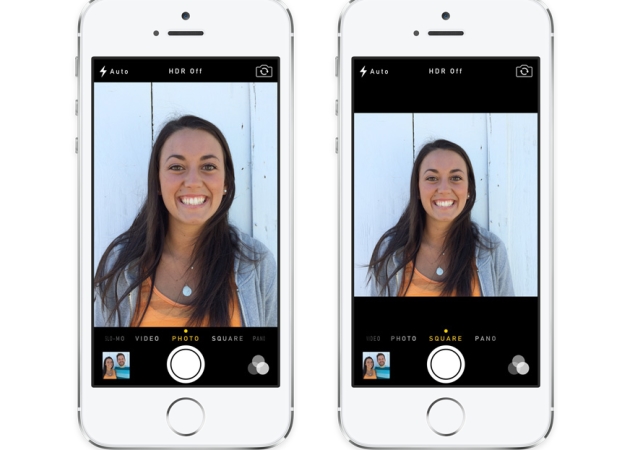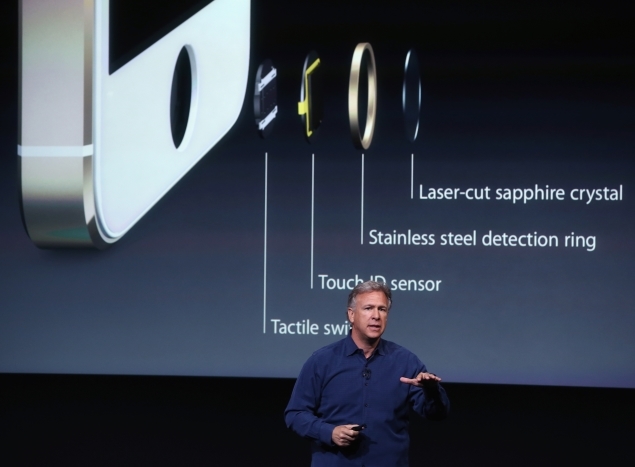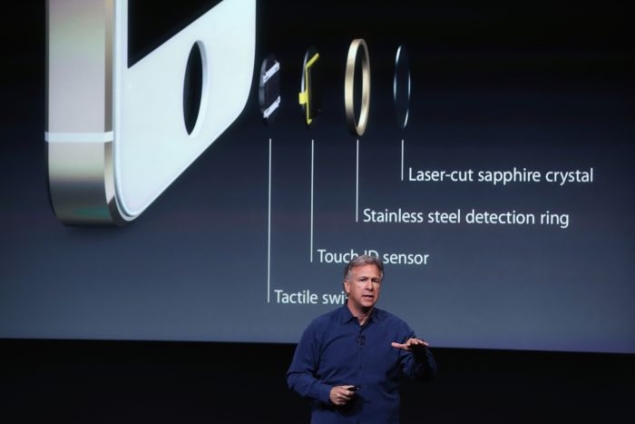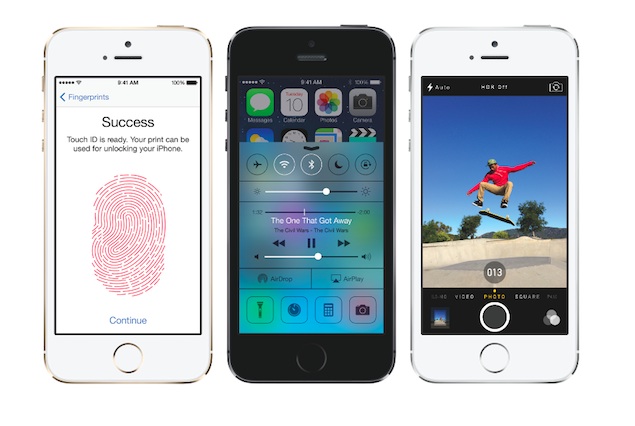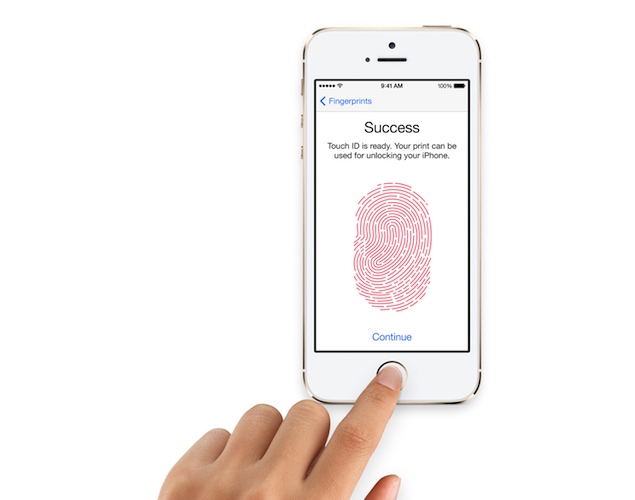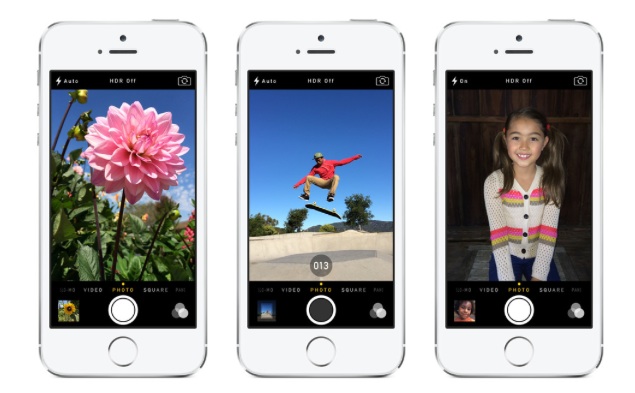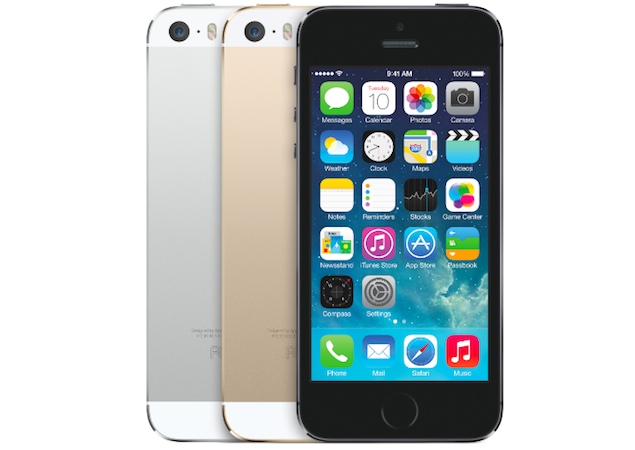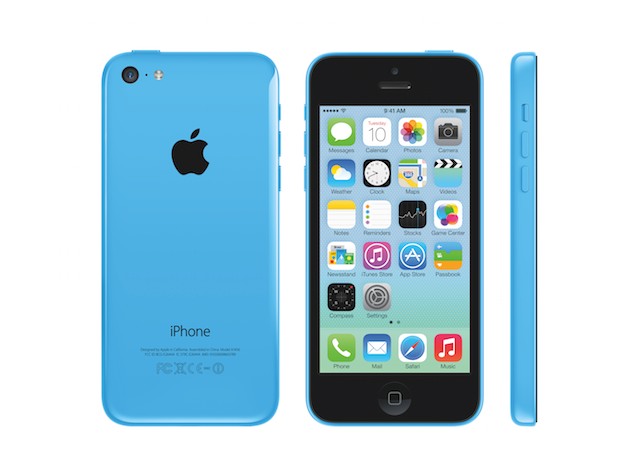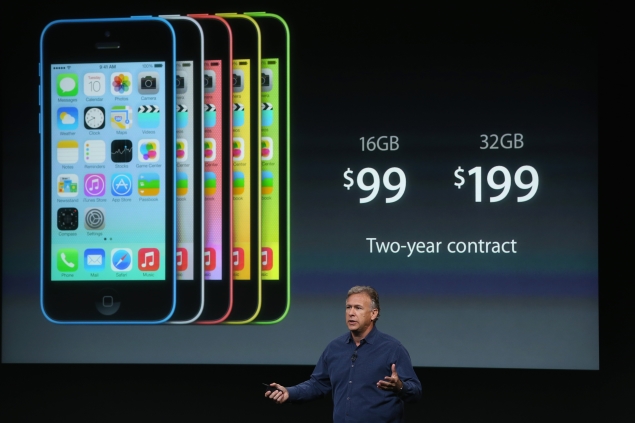The Lumia 625 is Nokia's first large screen Windows Phone smartphone, in line with the current trend of big screen phones, which was ignited by Android OEMs. Clearly, Nokia wants to cover all segments with a range of devices and form factors. The
Lumia 625 is currently the largest screen Nokia Windows Phone 8 devices at 4.7-inches, larger than the flagship Lumia 920 and 925, which have 4.5-inch displays.
Nokia's Lumia 625 improvises on the Lumia 620, and offers a bigger screen packed in a pleasantly built casing. However, it's targeted at people looking for a value for money smartphone. Keeping this is in mind, it is fitting that Nokia has cut corners in a number of areas to keep the price of the phone low. Despite this, does the Lumia 625 manage to deliver on all fronts? Is it the first big screen Windows Phone handset that will lure people away from Android phablets? We find out in our review.
Build / DesignJudging by the nomenclature and just looking at the phone from some distance, the Nokia Lumia 625 appears to be the bigger version of the
Lumia 620. However, on closer inspection you'd see a number of differences, such as a sleeker and more refined form factor. Also, unlike the Lumia 620, the 625's back cover doesn't wraparound the display or show up along the edges of the front panel.
Like some of the earlier phones of the Lumia product line, the phone is available in multiple colours, including Black, White, Yellow, Green, and Orange. The Lumia 625's colour is rendered purely by the back cover, which as we mentioned earlier, wraps around most of the phone, barring the display and front panel.

Similar to the Lumia 620, Nokia uses a 'dual-shot' layering technique with the Lumia 625's back cover, which helps in creating new colours and textures for this smartphone. The 'dual shot' finish implies two layers of polycarbonate, a single base layer in one colour, and a second translucent layer in another colour, to produce depth effects and secondary colour blends. For example, Yellow and Cyan are combined to produce a lime Green colour. We had a Yellow colour phone as our review unit.
The finish on the cover is better than that seen on the Lumia 620, with an overall matte finish.
The Lumia 625 also sports a more natural pillow-like form factor, with more rounded edges compared to other devices in the Lumia family. On the whole, the phone feels really good to hold thanks to the improved ergonomics.
The front of the Lumia 625 is dominated by the 3.8-inch screen, with the three capacitive Windows Phone buttons - Back, Start and Search - sitting below it, while the front camera lens, light and proximity sensors and the earpiece are located above it. There's minimalist Nokia branding at the centre. Unfortunately, the capacitive keys are not backlit, most likely done to save costs. This may become a problem in low-light scenarios, though understandably, the user could after a teething period, operate the phone by feel.
The back of the Lumia 625 features the rear camera lens and the LED flash. There's a small hole for the speaker grill and the speaker is located inside it. This design ensures the speaker is not too close to the surface, preventing the muffling of sound.
The right side of the Lumia 625 features the volume rocker, power button/screen-lock key, and a camera button, all in plastic and in the same colour as that of the phone's rear shell - unlike the Lumia 620's black-coloured keys.
The Lumia 625's keys were responsive, but do not really offer good tactile feedback. At times, we instinctively looked for the power button towards the upper part of the right side, however, this is where the volume rocker is located - this may take some getting used to for some users, but is not a serious usability issue. There are no keys or ports at the left side of the phone. The Micro-USB port and the primary microphone are located at the bottom, while the 3.5mm headphone jack sits on the top of the Lumia 625.

The back cover of the Lumia 625 is secured so tightly that the phone's construction is easily mistaken as unibody. After spending some time trying to figure out the trick to open the device, we realized that you just need to exert some pressure at the middle and remove the case with the rest of your fingers from the bottom. Credit goes to Nokia for making the cover latch on the phone in such manner that there are no creaks and wobbles at all.
Unlike the Lumia 620, the 625's 3.5mm jack is not integrated with the cover, and users will be able to use the port even if the cover has been removed.
Removing the Lumia 625's cover reveals a sealed battery compartment. Yes, the battery cannot be replaced by the user. Towards the right hand side you'd find a stacked micro-SIM card and microSD card slot, which could be a little confusing for a user, making both the cards relatively inaccessible, and tedious to insert.
Overall, the Lumia 625 feels solid yet pleasing to hold and see, making it one of the best in its segment.
DisplayThe Nokia Lumia 625 features the biggest display ever seen on a Nokia phone. Measuring 4.7-inches diagonally, the IPS LCD display sports a resolution of 480x800 pixels (giving it a pixel density of just 199ppi), which unfortunately defeats the purpose of a big screen. The low resolution display makes images and text appear pixelated. Even the Live Tiles on the phone's Start screen appear pixelated when you look at them closely. We also noticed some backlight leakage from the bottom edge. We're not sure if the issue is just limited to our review unit, however.

Nokia has cut corners in this department and it shows. The Lumia 625's big screen should ideally have been a value-add boosting the phone's video playback capabilities but the low resolution makes it much less attractive.
We also found the brightness levels to be much lower and colours a tad dull, compared to devices like the Lumia 925. The sunlight legibility of the phone's screen is decent, despite the panel being a bit reflective. Viewing angles were average as well. Ironically, the Lumia 625's big display is among its biggest weaknesses.
CameraThe Lumia 625 sports a 5-megapixel rear camera with LED flash. The Windows Phone 8 camera app on the phone allows you to tinker with various settings including selecting scenes, camera effects, ISO, white balance, contrast, saturation, flash and sharpness, among others. Windows Phone 8 brings camera lens apps that extend the functionality of the camera. The Lumia 625 ships with Bing Vision, Cinemagraph and Smart Cam lenses.
The 625's camera turns out to be another weakness for the phone. Pictures taken outdoors in good light turned out to be decent in terms of clarity and detail, but we noticed that they were not as bright as the actual scene where they were shot - the photos tend to be a little underexposed. Pictures taken indoors came out really grainy and missed out on details. Low light photos also didn't come out well and there was a high level of noise.

Colour reproduction was satisfactory, with objects appearing close to their true colour. We also found a minor lag in the Lumia 625's shutter timings compared to high-end phones and focus went haywire at times. The phone's video recorder allows taking 1080p videos at 30 frames per second, and we found the videos taken with it to be pretty decent.

The Lumia 625 also features a VGA front-facing camera which is functional at best, and can be used for video chat with apps like Skype or Tango.
Software / User InterfaceThe Lumia 625 comes with Windows Phone 8 featuring the Amber update that is essentially the Windows Phone GDR2 update with Nokia's own tweaks. While the update doesn't bring any major changes in terms of the user interface or features, it does bring FM radio, improvements to the camera software, the Smart Cam app, the flip to silence gesture, and some other minor changes including the Data sense app (which helps you to keep a tab on your data usage) now being compatible with all carriers and the ability to block calls and SMS. The GDR2 update also brings the Glance screen feature and the double tap to unlock gesture, but both of these are not available in the Lumia 625.
The Amber update also brings support for Google services for Calendar and Contacts through CalDAV and CardDAV, and for Gmail through IMAP. This means that it's future proof and users will continue to be able to use these services after Google ends support for Exchange Active Sync which pre-GDR2 phones use. We were able to use Gmail smoothly and received emails via Push without any hiccups.
Other than these new features, Windows Phone 8 has not changed much compared to its first iteration.
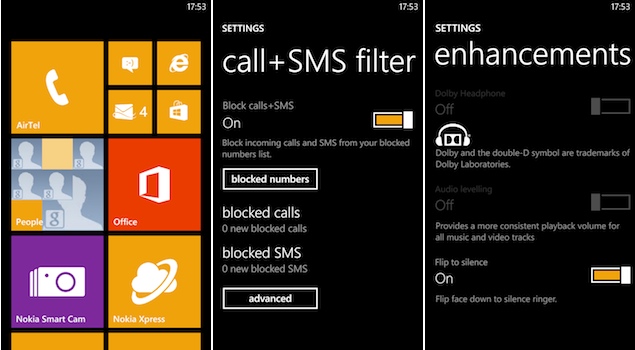
Unlike Android, Windows Phone 8 doesn't offer much flexibility to the manufacturer in terms of customising the OS, however Nokia has included its own apps that may well prove to be the differentiator compared to the competing Windows Phone 8 devices.
The Lumia 625 comes with several exclusive (and non-exclusive) Nokia apps, such as HERE Drive, HERE Maps and Nokia Music, as well as other Nokia apps like Nokia Care and HERE City Lens. We love the HERE Drive app that offers offline navigation complete with turn-by-turn directions. As we mentioned in our previous reviews, Nokia continues to set the benchmark in navigation apps, even ahead of Google Maps.
The other services included on the Lumia 625 are HERE Maps, which is a huge improvement over the stock Bing Maps, and Nokia Music, that offers unlimited music free for six months. The software suite on the phone also includes the mobile version of Microsoft Office, Skype integration and a great native email client.
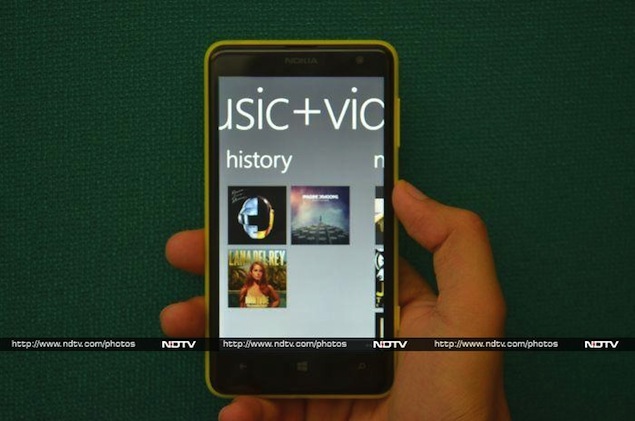
As mentioned in the Camera section, the phone comes with some lenses, which also show up as stand-alone apps (Bing Vision, Cinemagraph, and Nokia Smart Cam). PhotoBeamer is another interesting app that lets you beam your photos to any computer over Wi-Fi, providing an instant, wireless slideshow you can see over a large screen. During our tests, this worked as advertised.
We also love the software keyboard on the Lumia 625, which is the standard Windows Phone 8 keyboard, and the size of the display definitely helps making it user-friendly even for those with thick fingers.
The Lumia 625 also comes with a host of pre-installed apps like BIGFLIX (entertainment), BookMyShow (for booking movie/concert tickets), Cosmopolitan (lifestyle magazine), Flipkart eBooks, TripAdvisor (travel guide) and Zomato (food/restaurants guide). The phone also includes You Movies which offers free movies for a period of three months. The app boasts of 3,000 Hollywood, Bollywood, Tamil, Telugu, Marathi, Kannada, Malayalam, Gujarati, Bengali and Bhojpuri movie titles and lets users download the full movie for offline viewing. The app is not available in the Windows Phone Store at the time of writing this post.
The Lumia 625 also offers Draw Something and Words With Friends games, that come preinstalled.
However, the annoyances with the Windows Phone 8 OS still remain. The biggest among them is the lack of quality apps. Many mainstream apps including Instagram, Path and even Pocket are absent from the Windows Store, though you can find some third-party alternatives. For instance 6tag is a nice third party app for Instagram. The new Facebook app now levels up to its Android and iOS counterparts while the native Twitter app is also good enough.
The lack of a centralised notification tray/ hub is still a pain point. The 'Me tile' tries to fill that gap, at least for social networking needs, but the experience is a little crippled. For instance, it's not possible to do a reply all for tweets.
Performance / Battery LifeThe Lumia 625 is powered by a 1.2GHz dual-core Snapdragon S4 processor with 512MB of RAM and Adreno 305 graphics. It comes with 8GB of built-in storage, which is expandable by another 64GB via a microSD card. Windows Phone 8 is not a power hungry OS and the hardware has been optimised for good performance. We did not experience any lag at all while launching apps, playing games, scrolling web pages in Internet Explorer or switching between apps. We were able to play games like Asphalt 7 and Gravity Guy without experiencing any issues. However, it's worth pointing out that not all games will work on the phone due to its limited memory.
As for video playback, we were able to play Full HD clips on the Lumia 625, and all formats (barring MKV) were natively supported by the phone. The speaker delivers decent quality sound at high volume levels, and the loudness is above average. The speaker grill is placed inside a hole at the back; so, as we mentioned earlier, while the sound doesn't get muffled when the phone is placed on a hard surface, it does get affected otherwise.
Playing videos and music through the memory card was really smooth, though the Lumia 625 did take some time to read the card. Windows Phone 8 supports Bluetooth file transfers but we faced some issues transferring large image files from a Galaxy Nexus. The phone does not include NFC connectivity.

The Lumia 625's call quality was top-notch and the phone was able to easily latch on to the network even in weak signal areas. We were very satisfied with the network reception, and there were no call drops.
The phone comes with a 2,000mAh battery, and in our usage, it lasted us a full working day. We charged the Lumia 625 in the morning, and our usage ranged from medium to heavy, including 1-1.5 hours of phone calls, three e-mail accounts with push notifications, playing some music (both on the phone and via Internet radio), Twitter notifications and WhatsApp chats. It's worth pointing out that we had turned off Wi-Fi and auto-brightness, and the phone was hooked to a 3G network with the screen brightness at the highest level. Altering these settings might help in running the phone for a longer duration, depending on your usage pattern.
VerdictWith the
Lumia 520, 620 and 720, Nokia has in a way already addressed the budget and the mid-range smartphone segments. However, with the Lumia 625, the company is trying to target users who demand a large screen at a price that doesn't burn a hole in their pockets. In the Indian market, domestic brands like Micromax, Karbonn and Lava already offer Android smartphones that come in 5-inch+ screen sizes, in the budget and mid-range segments.
 Samsung's Galaxy Grand Duos
Samsung's Galaxy Grand Duos is also a popular big screen phone/phablet. Perhaps Nokia wanted to address this very segment of consumers. However, at a price point of Rs. 20,000, we're not sure if consumers would opt for the Lumia 625, majorly because of its mediocre specifications. It offers a big screen but the low-resolution is a major dampener. The phone's camera is also not that great, and to cut costs Nokia has removed NFC functionality and even sensors like compass and gyroscope, which means you won't be able to use apps like Nokia City Lens.
Nokia has priced it above the
Lumia 720, which in our opinion is a better phone. This might be due to the impact of the diminishing value of the Rupee against the Dollar, but we'd still recommend buying a Lumia 720 over the 625.
If you're open to buying a large-screen Android phone at that price range, then there are a number of options that you could consider including the
Panasonic P51 and the
Sony Xperia SP.
Price: Rs. 19,999
Pros
- Great build quality
- Decent battery life
- Bundled apps
Cons
- Low resolution display
- No gyroscope, compass
- Performance limited by RAM
- App ecosystem not at par with Android and iOS
Ratings (out of 5)Design: 4
Display: 2.5
Camera: 3
Performance: 3.5
Software: 3.5
Battery Life: 3.5
Value for Money: 3
Overall: 3


